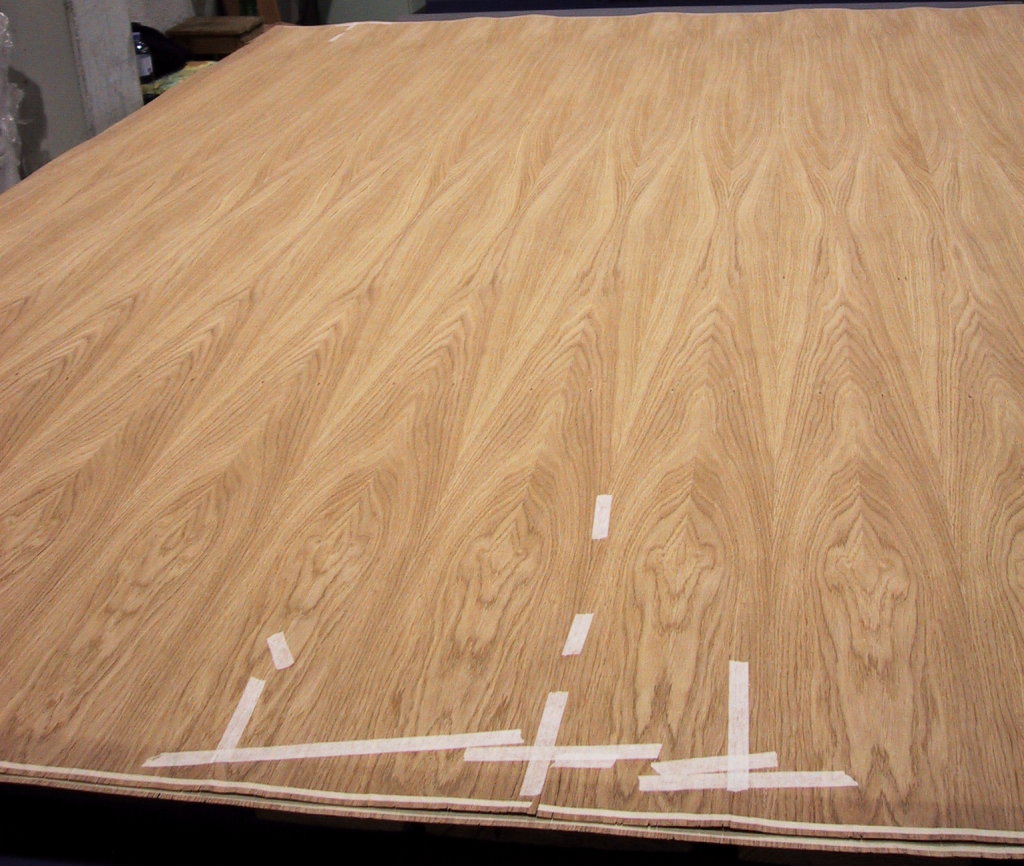|
Veneer (other)
Veneer may refer to: Materials * Masonry veneer, a thin facing layer of brick * Stone veneer, a thin facing layer of stone * Veneer (dentistry), a cosmetic treatment for teeth * Wood veneer, a thin facing layer of wood Arts and entertainment * ''Veneer'' (album), by José González, 2003 * ''Veneer'' (EP), by September Girls, 2014 * "Veneer", a song by the Verve Pipe from ''Villains'' * '' Veneer Magazine'', an annual art publication See also * Veneer theory In moral psychology, veneer theory is a term coined by Dutch primatologist Frans de Waal to label the Hobbesian view of human morality that he criticizes throughout his work. Although he criticizes this view in earlier works, the term in this form ..., a term coined by Dutch primatologist Frans de Waal to label the Hobbesian view of human morality * Vernier (other) {{Disambiguation ... [...More Info...] [...Related Items...] OR: [Wikipedia] [Google] [Baidu] |
Masonry Veneer
Masonry veneer walls consist of a single non-structural external layer of masonry, typically made of brick, stone or manufactured stone. Masonry veneer can have an air space behind it and is technically called "anchored veneer". A masonry veneer attached directly to the backing is called "adhered veneer". The innermost element is structural, and may consist of masonry, concrete, timber or metal frame. Because brick itself is not waterproof, the airspace also functions as a drainage plane, allowing any water that has penetrated the veneer to drain to the bottom of the air space, where it encounters flashing (weatherproofing) and is directed to the outside through weep holes, rather than entering the building. Other advantages of a masonry veneer include: * The air space can include additional insulation, which is typically in the form of rigid foam, increasing the thermal performance of the wall. * The structural framing or masonry backup can be erected first to allow the r ... [...More Info...] [...Related Items...] OR: [Wikipedia] [Google] [Baidu] |
Stone Veneer
Stone veneer is a thin layer of any stone used as decorative facing material that is not meant to be load bearing. Stone cladding is a stone veneer, or simulated stone, applied to a building or other structure made of a material other than stone. Stone cladding is sometimes applied to concrete and steel buildings as part of their original architectural design. History Thin stone veneer was first developed in the late 19th century, but there were materials developed much earlier that foreshadowed its use. For instance, the ancient Romans built large structures out of Roman concrete, and sometimes used a form of stone veneer to face them. Parts of the Roman Coliseum were originally faced with marble veneer; the holes which once held the anchors for the veneer are still visible. Modern stone veneer first made its appearance in the late 1800s. The oldest of modern stone veneer product is now disintegrating. It was cut into thick portions and then hand tooled into the appropriate pan ... [...More Info...] [...Related Items...] OR: [Wikipedia] [Google] [Baidu] |
Veneer (dentistry)
In dentistry, a veneer is a layer of material placed over a tooth. Veneers can improve the aesthetics and function of a smile and protect the tooth's surface from damage. There are two main types of material used to fabricate a veneer: composite and dental porcelain. A composite veneer may be directly placed (built-up in the mouth), or indirectly fabricated by a dental technician in a dental lab, and later bonded to the tooth, typically using a resin cement. They are commonly used for treatment of adolescent patients who will require a more permanent design once they are fully grown. The lifespan of a composite veneer is approximately four years. In contrast, a porcelain veneer may only be indirectly fabricated. A full veneer crown is described as "a restoration that covers all the coronal tooth surfaces (mesial, distal, facial, lingual and occlusal)". Laminate veneer, on the other hand, is a thin layer that covers only the surface of the tooth and is generally used for aestheti ... [...More Info...] [...Related Items...] OR: [Wikipedia] [Google] [Baidu] |
Wood Veneer
Veneer refers to thin slices of wood and sometimes bark that typically are glued onto core panels (typically, wood, particle board or medium-density fiberboard) to produce flat panels such as doors, tops and panels for cabinets, parquet floors and parts of furniture. They are also used in marquetry. Unlike laminates, no two veneer sheets look the same. Plywood consists of three or more layers of veneer. Normally, each is glued with its grain at right angles to adjacent layers for strength. Veneer beading is a thin layer of decorative edging placed around objects, such as jewelry boxes. Veneer is also used to replace decorative papers in wood veneer high pressure laminate. Background Veneering dates back to at least the ancient Egyptians who used expensive and rare wood veneers over cheaper timbers to produce their furniture and sarcophagi. During the Roman Empire, Romans also used veneered work in mass quantities. Production Veneer is obtained either by "peeling ... [...More Info...] [...Related Items...] OR: [Wikipedia] [Google] [Baidu] |
Veneer (album)
''Veneer'' is the debut studio album by Swedish singer-songwriter José González. It was released on 29 October 2003, in Sweden, 25 April 2005 in the rest of Europe and on 6 September 2005 in the United States. Track listing Two-disc special edition # "Storm" # "Love Will Tear Us Apart" (Joy Division) # "Suggestions" # "Down the Hillside" # "Sensing Owls" # "Hand on Your Heart" (Kylie Minogue Kylie Ann Minogue (; born 28 May 1968) is an Australian singer, songwriter, and actress. Frequently referred to as the "Honorific nicknames in popular music, Princess of Pop", she has achieved recognition in both the music industry and fas ...) # "Instrumental" Singles * "Heartbeats" (9 January 2006) ** b/w: "Suggestions" * "Crosses" (10 April 2006) ** b/w: "Storm" Personnel * José González – vocals, guitars, percussion *Stefan Sporsén – trumpet on "Broken Arrows" Charts Weekly charts Year-end charts Certifications and sales !scope="row", Worldwide , ... [...More Info...] [...Related Items...] OR: [Wikipedia] [Google] [Baidu] |
Veneer (EP)
''Veneer'' is a four-track extended play by Irish noise pop band September Girls. The E.P. was recorded at Guerilla Studios in Dublin and released on November 24, 2014, via Fortuna Pop! (EU) and Kanine Records (US), 11 months after the release of their debut album ''Cursing the Sea''. Track list Recording and Release September Girls recorded ''Veneer'' following the release of September Girls first album ''Cursing the Sea'' at Guerilla Studios in Dublin. The first single to be taken from the record was the title-track which came out on October 13, accompanied by a music video directed by band member Jessie Ward. This was quickly followed by the second single 'Black Oil'. ''Veneer'' was eventually released on November 24, 2015, on record labels Fortuna Pop! and Kanine Records. Critical reception ''Veneer'' was well received by critics upon it release, with many reviewers comparing it favorably to the band's debut album ''Cursing the Sea''. Lisa Wright of ''NME'' stated "Where S ... [...More Info...] [...Related Items...] OR: [Wikipedia] [Google] [Baidu] |
Villains (The Verve Pipe Album)
''Villains'' is the second studio album and first major label release by American rock band the Verve Pipe. It was released in March 1996. The band received its first hit in "Photograph", which peaked in the top 10 on the ''Billboard Modern Rock Tracks''. A year after the release of the album, a reformatted version of " The Freshmen" peaked at number 1 on the Modern Rock Tracks chart. The single was also the band's sole appearance on the ''Billboard'' Hot 100, where it peaked at number 5. The success of the song helped this album go platinum. To date, it is the Verve Pipe's best selling album. The album was originally pressed in a blue case to match the color of the artwork, which included the slower recording of "The Freshmen," before it was later re-recorded and added to subsequent pressings. Artwork The artwork includes a toy duck in a darkened background and inverted-like coloring. Track listing Personnel Adapted from the ''Villains'' booklet and liner notes. The Verve P ... [...More Info...] [...Related Items...] OR: [Wikipedia] [Google] [Baidu] |
Veneer Magazine
''Veneer Magazine'' is a subscription-based art publication. The magazine is edited by Aaron Flint Jamison and published by MPH. ''Veneer'' is distributed domestically by Textfield. Printed annually both in print and published online, Issue 1 was released in 2007 and the final issue, Issue 18, will be available in 2025. Two versions of each printed issue are created, one for subscribers and one for retail outlets. The issues are produced in an edition of 1000 with 300 of that edition being reserved for subscribers and 700 available for retail. Subscriber's editions also contain additional materials. ''Veneer'' has included contributions from contemporary artists, writers, inventors, technicians, and musicians such as Adrian Piper, George Kuchar, GoodiePal, Lucky Dragons, Elaine Sturtevant, Kevin Kelly and Ray Kurzweil. ''Veneer'' is known to fetishize the materials and processes involved in each issue. Past methods have included printing on a variety of paper stocks with uni ... [...More Info...] [...Related Items...] OR: [Wikipedia] [Google] [Baidu] |
Veneer Theory
In moral psychology, veneer theory is a term coined by Dutch primatologist Frans de Waal to label the Hobbesian view of human morality that he criticizes throughout his work. Although he criticizes this view in earlier works, the term in this form is introduced in his 2005 book ''Our Inner Ape'', denoting a concept that he rejects, namely that human morality is "a cultural overlay, a thin veneer hiding an otherwise selfish and brutish nature". The idea of the veneer theory goes back to Thomas Henry Huxley and has more recently been advocated by biologists like George C. Williams (biologist), George C. Williams. Proponents of the theory As evidenced by de Waal's characterisation of this theory as "Hobbesian", one of the earliest and most influential thinkers criticized by him for having popularized this view is Thomas Hobbes: A few centuries later, Thomas Henry Huxley developed the idea that moral tendencies are not part of the human nature, and so our ancestors became moral by ch ... [...More Info...] [...Related Items...] OR: [Wikipedia] [Google] [Baidu] |


